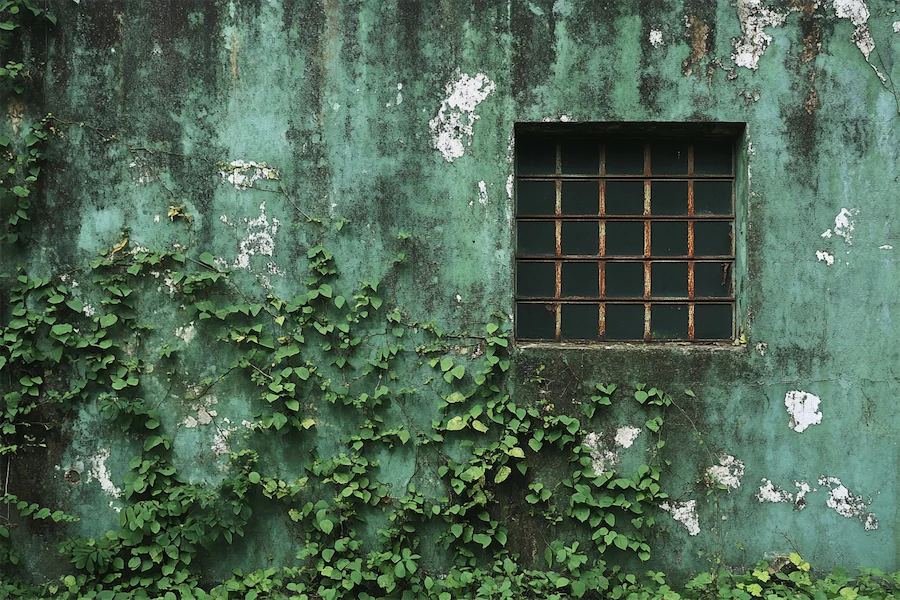Green walls, also known as living walls or vertical gardens, are structures that support various types of vegetation, bringing numerous environmental and aesthetic benefits to both indoor and outdoor spaces.
Introduction to Green Walls
A green wall is essentially a wall, or part of a wall, that is covered with greenery growing in soil or another type of substrate. Most living walls also incorporate an integrated water delivery system because the classic method of watering plants with a watering can or hose isn’t efficient for vertical walls.
History and Origins of Green Walls
The concept of green walls dates back to ancient civilizations, but the modern iteration was popularized by French botanist Patrick Blanc in the late 20th century. His innovative designs demonstrated the feasibility and beauty of integrating vertical plantings into urban environments, leading to widespread adoption worldwide.
Key Features of Green Walls
- Types of Green Walls:
- Living Walls: These feature live plants rooted in a structural support attached to a wall, often incorporating irrigation systems.
- Artificial Green Walls: Utilize synthetic plants to achieve a green aesthetic without the maintenance needs of living plants.
- Preserved Moss Walls: Made from real moss that has been preserved, offering a natural look without the need for light or water.
- Benefits:
- Air Quality Improvement: Plants in green walls can filter pollutants, enhancing indoor and outdoor air quality.
- Thermal Regulation: Green walls can insulate buildings, reducing energy consumption for heating and cooling.
- Aesthetic Appeal: They add natural beauty to urban spaces, contributing to biophilic design principles.
Applications of Green Walls
- Urban Environments: Green walls are used to introduce greenery into cities, mitigating the urban heat island effect and enhancing biodiversity.
- Interior Spaces: Incorporated within offices, homes, and commercial spaces to improve air quality and provide a calming atmosphere.
Considerations When Choosing Green Walls
- Maintenance: Living walls require regular care, including watering, pruning, and monitoring for plant health.
- Structural Support: The building must be able to support the additional weight and accommodate irrigation systems if necessary.
- Plant Selection: Choosing appropriate plant species that can thrive in the specific environmental conditions of the wall’s location is crucial.
Conclusion
Green walls offer a harmonious blend of nature and architecture, providing environmental benefits and enhancing the visual appeal of spaces. By carefully considering design, plant selection, and maintenance, green walls can be a sustainable and enriching addition to various settings.
